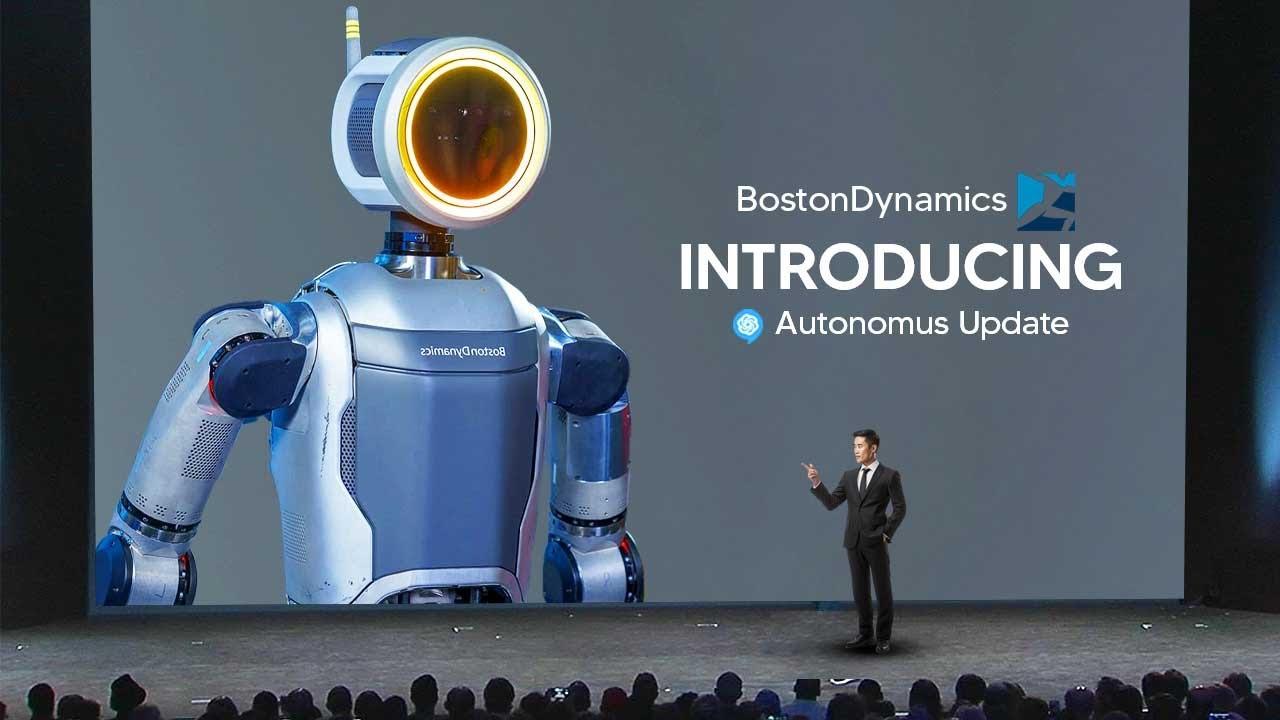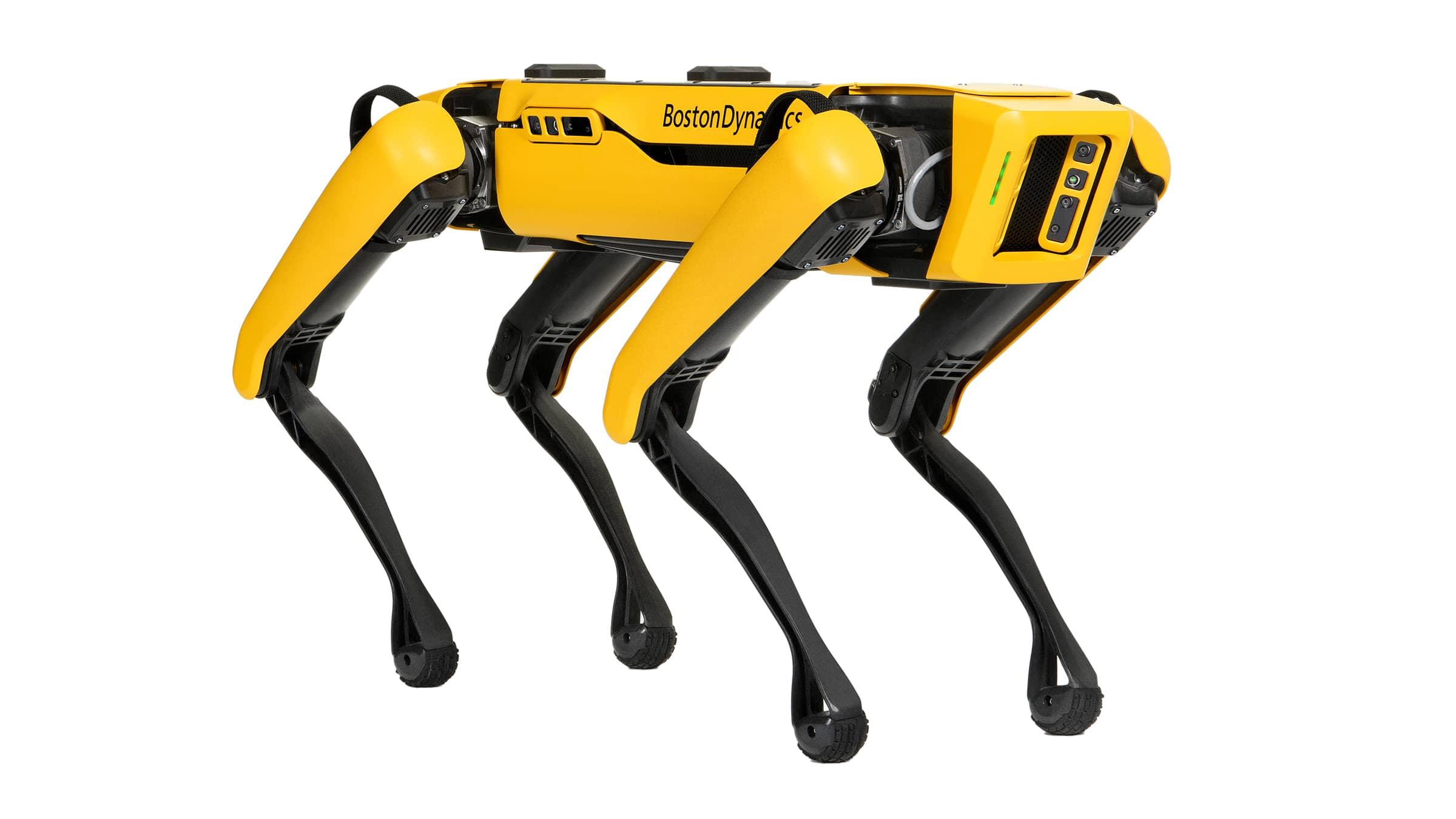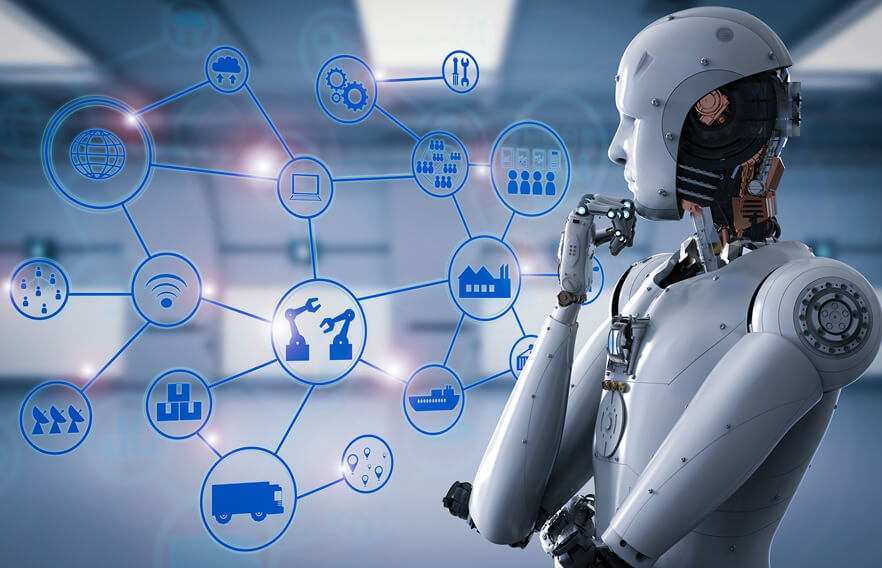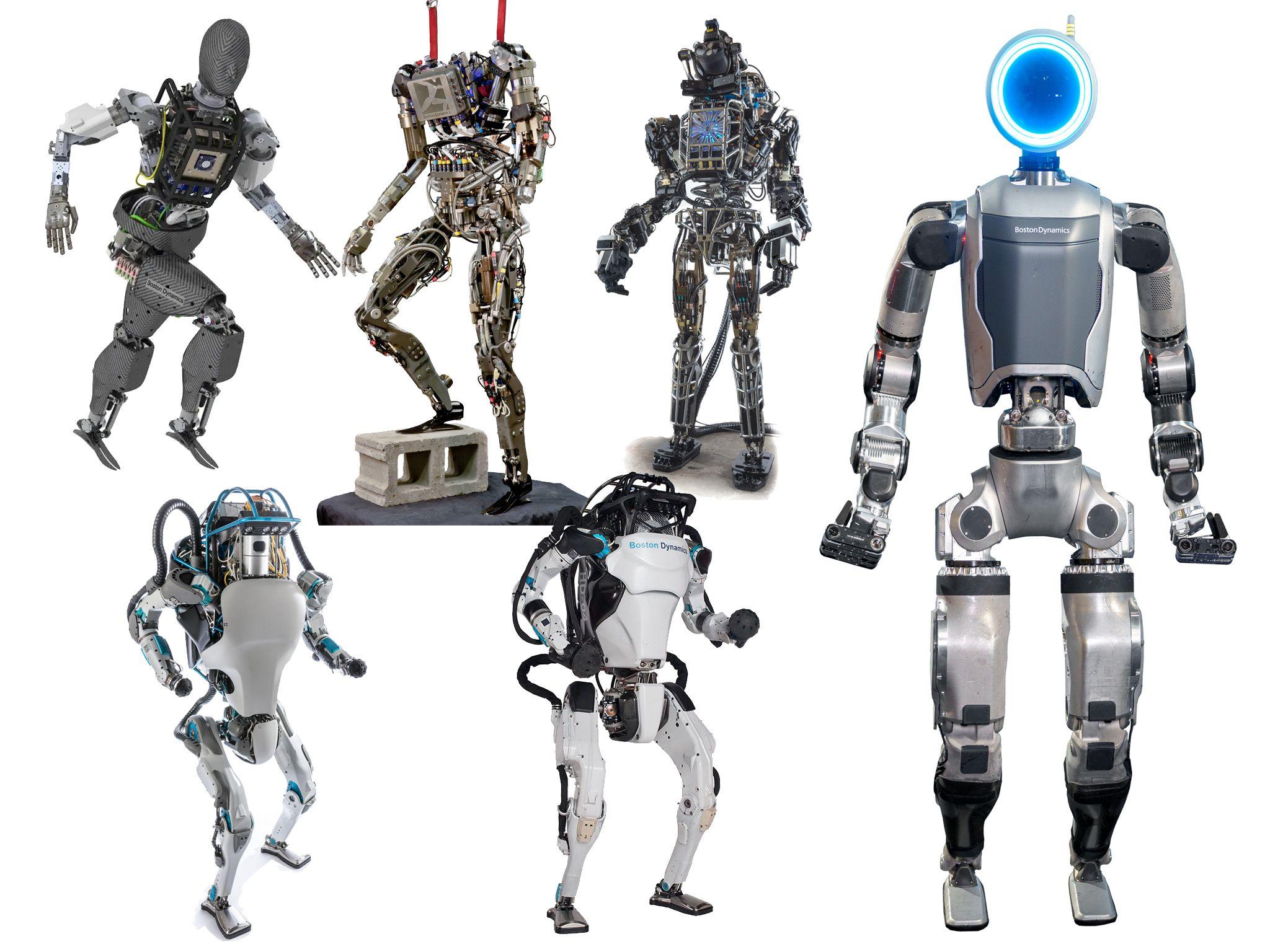
Boston Dynamics New Autonomous Update Is Incredible (Boston Dynamics Atlas 2024)
Title: The Future is Here: Boston Dynamics’ Atlas Robot Takes Autonomous Action
As technology leans ever closer to bridging the gap between human capabilities and robotic efficiency, Boston Dynamics continues to revolutionize the landscape of automation. In their latest YouTube video showcasing the Atlas robot, the company’s latest autonomous update reveals a game-changer for industries that rely on precision and heavy lifting. Gone are the days when robots were limited to highly polished demonstrations; Atlas is now stepping into practical applications, executing real-world tasks with remarkable proficiency.
This captivating reveal highlights Atlas’s ability to undertake complex tasks—like loading and unloading heavy engine covers—independently, without human oversight. With its combination of pre-programmed logic and real-time sensor inputs, Atlas showcases a level of autonomy that not only promises to enhance productivity in industrial settings but also emphasizes safety in environments that can often pose risks to human workers. In this post, we will delve into the key features and implications of this incredible update, exploring how Atlas’s innovations could redefine the future of robotics in the workplace. Join us as we unpack the heights of potential that this humanoid marvel is aiming to achieve in 2024 and beyond.
Highlighting the Autonomous Innovations of Boston Dynamics Atlas

The latest demonstration of the Atlas robot from Boston Dynamics showcases an unprecedented level of autonomous innovation, marking a significant milestone in robotics. Observers were treated to a live showcase where Atlas intricately maneuvered engine covers between supply containers and a mobile sequencing dolly without any human intervention or remote control. This ability to perform complex tasks autonomously leverages a combination of pre-programmed logic and real-time sensor inputs, which allow Atlas to navigate its environment, make decisions on the fly, and execute tasks with remarkable precision. Such functionalities illustrate not just the versatility of Atlas but highlight its potential to revolutionize industrial applications where human workers may face risks or inefficiencies.
Atlas’s capability to handle bulky and awkwardly shaped objects emphasizes its design intelligence, as it can perform essential functions within an assembly line efficiently and safely. For instance, the engine covers that Atlas is tasked with moving are often heavy and difficult to manage, yet the robot demonstrates not only strength but also a refined touch when maneuvering these items. With a pre-defined list of bin locations, Atlas can operate within a mapped workspace, allowing for streamlined navigation and task execution. This showcases a leap forward in autonomous robotics, as Atlas executes a continuous series of actions while adapting to its environment, signifying a work model that could replace human operators in repetitive and hazardous tasks in factories of the future.
Exploring the Practical Applications of Humanoid Robotics in Industrial Settings

Boston Dynamics’ latest showcase of the Atlas robot demonstrates significant advancements in humanoid robotics, particularly in the realm of industrial applications. By autonomously transporting heavy and awkwardly shaped engine covers between designated storage units and a mobile sequencing dolly, Atlas exemplifies a leap forward in robotic integration into manufacturing environments. This remarkable capability allows Atlas to take on tasks that are often mundane but essential to the efficiency of operations, such as loading and unloading components, thereby allowing human workers to focus on more complex challenges. The robot operates using pre-programmed logic alongside real-time sensory inputs, enabling it to adapt to its surroundings and execute tasks without human intervention.
The practical implications of Atlas’s abilities extend beyond mere automation; they also highlight the potential for enhanced safety and efficiency in industrial settings. Operations that traditionally required multiple human workers, often exposing them to hazardous conditions, can now be executed with precision by Atlas. This reduces the risk of workplace injuries while maintaining productivity. With its ability to navigate predefined locations and execute precise movements, Atlas can effectively streamline processes on assembly lines. Below are some specific benefits of implementing humanoid robotics like Atlas in industrial operations:
- Increased Efficiency: Automating repetitive tasks to reduce time and labor costs.
- Improved Safety: Reducing human involvement in potentially dangerous environments.
- Enhanced Precision: Ensuring accurate handling of heavy and delicate items.
- Scalability: Easily adaptable to different tasks and production lines as demand changes.
Understanding the Technical Foundations of Atlass Precision and Efficiency

The recent updates in Boston Dynamics’ Atlas robot demonstrate an advanced integration of efficiency and precision through its technical framework. This newest iteration of the humanoid robot showcases its ability to autonomously execute complex tasks in an industrial setting. By utilizing pre-programmed logic and real-time sensor inputs, Atlas can navigate a range of environments to perform the duties of a standard worker – unloading engine covers from supply containers and positioning them onto a mobile sequencing dolly. The autonomy of Atlas is particularly significant; it eliminates the need for human intervention, allowing it to conduct repetitive operations that would be either tedious or unsafe for people.
Atlas’s ability to handle heavy and awkwardly shaped objects such as engine covers emphasizes its advanced manipulative skills, which are crucial in various industrial applications. The robot operates with a predefined list of bin locations, allowing for a streamlined workflow. Consequently, Atlas can efficiently move parts without requiring new instructions for every single action, optimizing its performance on the assembly line. This demonstrates a profound understanding of logistics and spatial awareness, highlighting Boston Dynamics’ commitment to pushing the boundaries of what robotics can achieve in real-world scenarios. The potential applications for such technology are vast, opening doors to improved productivity and safety in diverse industries.
Future Implications: How Atlas Represents the Next Step in Robotic Evolution

Atlas’s latest update exemplifies a monumental leap in robotic capabilities, moving beyond mere mechanical repetition to a more nuanced understanding of its environment. This evolution is marked by autonomous operations, where Atlas executes tasks without human oversight. The ability to independently transport heavy and irregularly shaped engine covers demonstrates not only its physical prowess but also sophisticated decision-making powered by real-time sensor inputs and pre-programmed logic. Robotics is gradually transitioning from systems that require constant human input to those that can make intelligent operational choices on their own, enhancing efficiency and safety in industrial settings.
Consider the implications of a robot that can conduct its duties in complex environments with little to no human intervention. This development opens a myriad of opportunities, such as:
- Increased Workplace Safety: Automating repetitive and hazardous tasks protects human workers from potential injuries.
- Higher Efficiency: The ability to work without breaks or supervision means productivity can soar.
- Adaptability: As Atlas demonstrates with its pre-defined locations, robots can adapt to various workflows, ensuring versatility across different industries.
This shift towards automation not only transforms manufacturing lines but also redefines workforce dynamics, paving the way for a future where robots and humans collaborate more harmoniously than ever.
Wrapping Up
As we wrap up our exploration of Boston Dynamics’ latest milestone with the Atlas robot, it’s clear that we’re witnessing a transformative leap in robotics. The unparalleled autonomy showcased in this demo, coupled with Atlas’s adeptness at handling bulky and awkwardly shaped objects, positions it as a significant asset in various industrial environments.
The ability to execute tasks without human intervention not only emphasizes safety and efficiency but also hints at a future where robots can seamlessly integrate into our workplaces. With Atlas navigating its surroundings through pre-programmed logic and real-time sensor inputs, it becomes evident that this technology is redefining what’s possible in automated systems.
As Boston Dynamics continues to push the boundaries of innovation, we can only imagine what further advancements lie ahead. The future is bright for robotics, and with each update, the Atlas is paving the way for a new era of autonomous machines that could revolutionize industries across the globe. For now, we can reflect on this remarkable demonstration and look forward to seeing what new heights Boston Dynamics will reach next. Thank you for joining us in this fascinating journey through the world of robotics!



